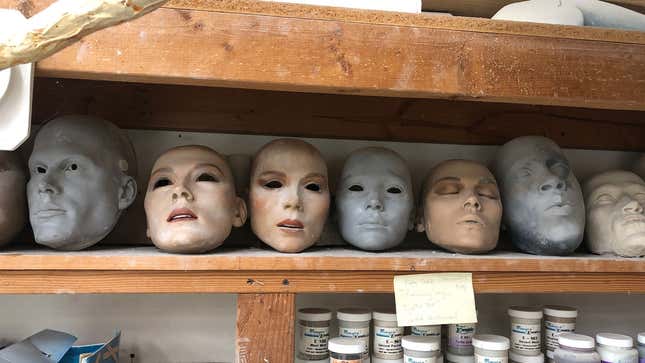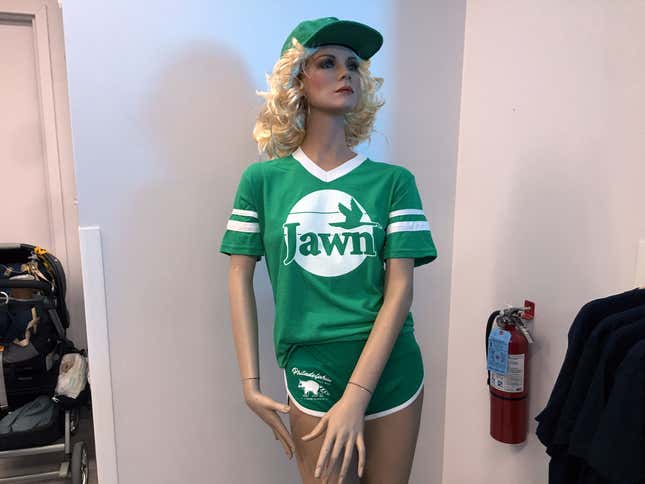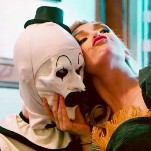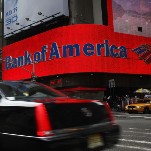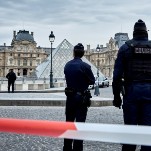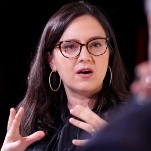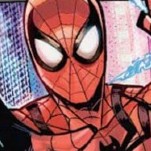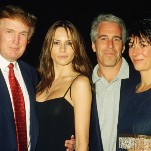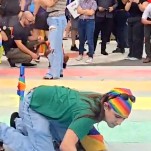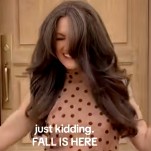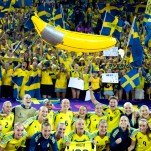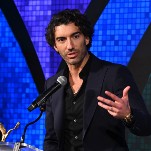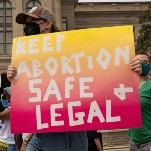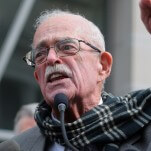Unraveling the Mystery of a Mannequin From the Movie Mannequin, Now on Display at a Philadelphia Mall
In DepthIn Depth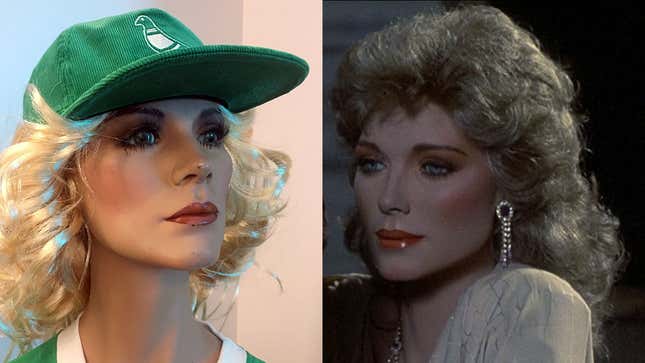

What’s lost isn’t always lost. Sometimes a researcher sifts through a dark corner of a storage unit and uncovers a forgotten artifact. It’s been happening a lot in Philadelphia, of all places, this month. Earlier this month Cambridge University fellow Jason Scott-Warren posted on his blog that the Free Library of Philadelphia’s annotated copy of the First Folio was once John Milton’s.
You don’t really need to have ever opened a book to know that finding the writer of Paradise Lost’s notes on a first edition of William Shakespeare’s plays is a pretty big deal. In case you need to place this, imagine that if in 400 years, a historian found Lady Gaga’s annotated copy of The Immaculate Collection. But what if I told you there was an even bigger historical mystery taking place in Philadelphia this very same month?
It concerns Emmy, the mannequin from Mannequin. It involves a clothing shop involved in a Twitter back-and-forth with Kim Cattrall. Offline, it’s all taking place at a new mall in Center City Philadelphia that’s the latest attempt to rejuvenate a section of downtown Philly. And for one week, it took over my life.
The news about Emmy also came to the world via blog post, this one by Marisa Magnatta, a producer for WMMR’s longtime Preston & Steve morning show. She wrote that South Fellini, a Philadelphia novelty clothing store, had acquired a mannequin from the movie Mannequin. It would be on display in the store’s new second location in the Fashion District of Philadelphia, a rehabbed mall in Center City (for those of you who don’t speak Philadelphian, this is what other cities would call “downtown”).
Some backstory: Mannequin was a 1987 movie, filmed mostly in Philadelphia, starring Kim Cattrall as Emmy (the titular mannequin) and Andrew McCarthy as mannequin designer Jonathan Switcher. Jonathan creates Emmy the mannequin, but gets fired from his job for spending too much time on her. He makes his way to the department store where Emmy ends up, and gets a gig as a stockboy. Emmy comes to life at night, and the two turn around the flailing store’s fortunes with their elaborate window displays. Jonathan is promoted to VP and saves Emmy from the clutches of the evil rival department store owners. She comes to life for good at the end and they get married.
The film also posits—and I swear to the Egyptian gods I am not making this up—that the greatest time in human history is 1980s Philadelphia.
But that’s all, erhm, window dressing. The real plot of the film, as lovingly described by Seanbaby, is “ancient cursed woman has noisy sex parties with Andrew McCarthy every night in a department store.” Mannequin also stars Meshach Taylor as a gay stereotype, Estelle Getty as a department store owner, James Spader as an evil department store manager, and G. W. Bailey as a night watchman. The film actually posits that Jonathan’s incredible window displays take 89 percent of business from other local department stores, in case you’re wondering if this movie about a mannequin that comes to life is realistic. Oh, and Emmy is actually an ancient Egyptian princess who has been Forrest-Gumping through history, having dated both Michaelangelo and Christopher Columbus before settling down with Jonathan. Mannequin makes Today’s Special look like Bicycle Thieves.
But the movie has a great cast, and it’s eminently watchable. It is also a complete mess. As the Los Angeles Times’ Michael Wilmington wrote upon its release, it wants to be one of those fantasy comedies from the 1940s but never quite gets there. “The filmmakers had the aspirations of classy old-style Hollywood hacks, but not their tricks,” he wrote. The film also posits—and I swear to the Egyptian gods that I am not making this up—that the greatest time in human history is 1980s Philadelphia.
Perhaps the filmmakers were just really excited about our new downtown mall. Philadelphia, like many other major American cities, went through a massive process of what’s known as “urban renewal” in the second half of the 20th century. The mall, originally called The Gallery, was the brainchild of Ed Bacon, longtime head of the city’s planning commission (and, yes, father of Kevin). Bacon wanted to bring the suburban shopping experience downtown. The first part of the mall opened in 1977; a second part (as well as a new train station) would open in the 1980s.
Initially the mall was such a hit that a store was robbed on its first day, but the hype didn’t last forever. Original anchor shops Gimbel’s and Strawbridge’s went out of business. Other anchors left too, and soon the upper levels of the mall had more “for lease” signs than actual stores. The mall was still popular—before it closed, it generated above-average revenue per square foot—but started to deteriorate. Its Center City location, bookended by subway stations and train lines, always drew crowds. But it was starting to seem really old.
-

-

-

-

-

-

-

-

-

-

-

-

-

-

-

-

-

-

-

-

-

-

-

-

-

-

-

-

-

-

-

-

-

-

-

-

-

-

-

-

